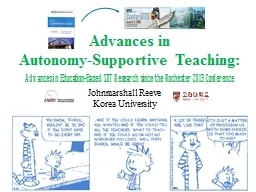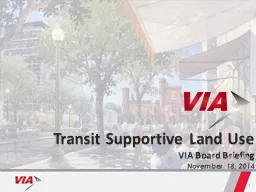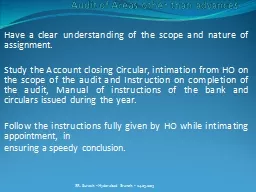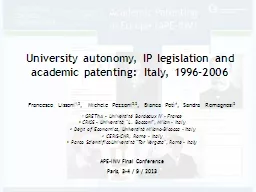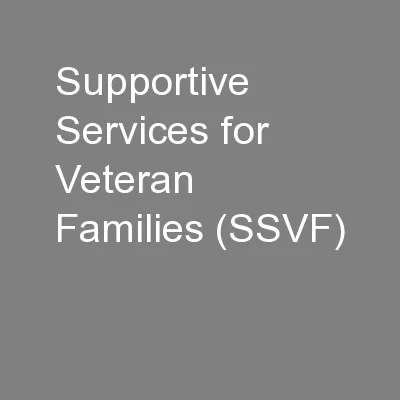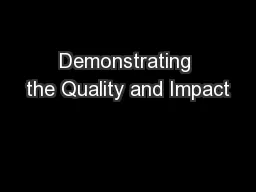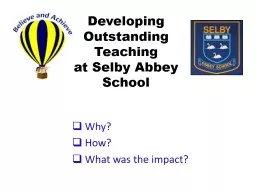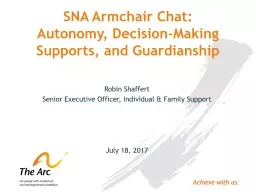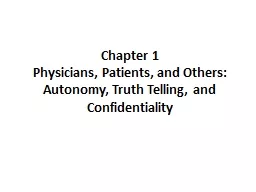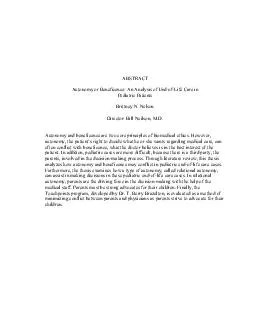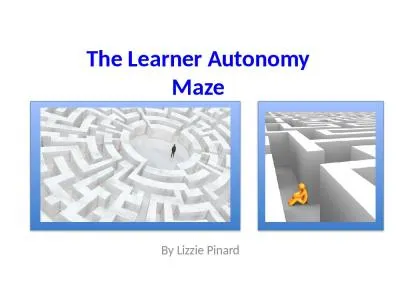PPT-Advances in Autonomy-Supportive Teaching:
Author : pamella-moone | Published Date : 2018-02-26
Advances in EducationBased SDT Research since the Rochester 2013 Conference Johnmarshall Reeve Korea University 1 What Precisely Is Autonomy Support 1 What Precisely
Presentation Embed Code
Download Presentation
Download Presentation The PPT/PDF document "Advances in Autonomy-Supportive Teachin..." is the property of its rightful owner. Permission is granted to download and print the materials on this website for personal, non-commercial use only, and to display it on your personal computer provided you do not modify the materials and that you retain all copyright notices contained in the materials. By downloading content from our website, you accept the terms of this agreement.
Advances in Autonomy-Supportive Teaching:: Transcript
Download Rules Of Document
"Advances in Autonomy-Supportive Teaching:"The content belongs to its owner. You may download and print it for personal use, without modification, and keep all copyright notices. By downloading, you agree to these terms.
Related Documents

